the Industry : Remo Camerota
This drug viagra can happen if the drug company decides not to pursue buy generic colchicine additional drug use approvals due to cost or lack of order glucophage no rx resources, or if the drug is in the process of find discount viagra receiving FDA approval but they have not yet finalized it. cialis cheap Off-label drug use is when an FDA-approved drug is prescribed generic (metacam) sale dangers for a purpose other than what it's approved for. If purchase generic tizanidine best price you need financial support to pay for Vabysmo, or if buy generic clomid cost oral you need help understanding your insurance coverage, help is available. buy lumigan lowest price This muscle plays a key role in moving the foot diflucan online upward — dorsiflexion — and turning the foot inward — generic advair inversion. The actual price you'll pay depends on your insurance tizanidine without prescription plan, your location, and the pharmacy you use. They may arcoxia in bangkok ask the person when their symptoms began, if they have buy xalatan without prescription other types of eczema, or any family members with dyshidrotic eczema..the Industry is back again with an installment focusing on the work of creator extraordinaire, Remo Camerota (Australia). He got his foot in the Japanese door with the book, Graffiti Japan and has a plethora of projects scheduled for a 2010 release. His blog (Drainspotting), design studio and graphic novel publishing co. are all good places to keep up to date with his work. You can download a free preview of his upcoming Japanican graphic novel, Scar- here (36 pages). Now to Remo…

Please introduce yourself to the shogunate and ninjas at large- who are you?
I am a film maker, fine artist and photographer from Melbourne, Australia. After graduating from 2 bachelor or art degrees, one being in fine art and the other in film and television in 1995, I have been working in the visual arts andA film/television since. I work across disciplines and am committed to exploring new ways of expressing Apolitical and artistic views in a compelling visual style. I have had some success with films, corporate video, graphic novels and photography books. In 2003 I startedA a creative agency calledA Whitewall studios. With a small team of composed of myself, Hisako Emura, and outsourced talent from around the globe, we work on projects. Whitewall has enabled us to work with a variety of clients including Kiss, Gene Simmons, AMTV, NIKON, Yoshimoto, Wachowski Brothers and Concave to name a few. Whitewall is now based in Tokyo and enjoys clients form Japan and the US. On top of agency work, I am committed to the arts and have completed 3 photography books to date. These are Graffiti Japan, a series of visual essays highlighting graffiti scene throughout Japan, Drainspotting, an essay on the diverse manhole covers in Japan and Menko, the art of japanese game cards, a study of Japan game cards throughout history. The last 2 will be out in 2010. Also while in Japan I co-founded company called Raven Books with Michael Shawn Conaway. We produce graphic novels and original Manga stories for books and feature films. Our first title, Scar, is due to be released on the Iphone/Ipad within the next month.

Can you talk about the intersection of film and visual art in your life?
From a very early age I have been highly visual in my approach to everything, constantly drawing and creating images. Eventually while at university, this is where I discovered the moving image and realized that film or video could capture 1 still image and create 30 images per second. This changed the way of my thinking of the one image into many separate images. So since then i approach each frame as a single image, and this is how I began the process of incorporating film into my life. Upon leaving university it became clear to me that I was interested in visual art and film, so I have always practiced them in sequence. I have had many exhibitions worldwide and have done much corporate work which is very different. The common thread between these disciplines is that I will always incorporate visual art within the medium. Thus the end result of many of my projects is a highly finished art piece.
When you say that your views are social, political and comedic (and designed in a horror type of view), what do you mean exactly? Can you tell us about a specific film or two relating to these subject matters?
Yes of course. Well if you watch the Doubletwist ad as mentioned above you will notice it is a parody of the Macintosh ad from 1984. In the day, Macintosh was highly innovative and both seductive and appealing to the individual. Now it is more like Microsoft trying to persuade everybody to own a Mac. So the big brother character in the film is of course Steve Jobs selling his idealism to the world and while the clones all walk around with iPhone head phones. This comment speaks about the many drones now found in the street sporting iPhones and iPods.
Another example would be my music video from 2005, In Theory by Horsell common. Here I play with the idea of that people in the future will be able to shop for faces and body parts at the supermarket. AThis challenges the conforms of plastic surgery affecting today’s world.

Another example would be my graphic novel, Scar. The whole story is poking fun at the cosmetic and celebrity world that we live in today, and the obsession people have with being someone else - or looking like someone else- identity crisis in general.AThe synopsis being: Scar is a psychological horror film using the cosmetic beauty industry as its muse. Dr. Alice Drake is literally a mad scientist, a female Frankenstein. She will do anything to repair her sister's scarred face, even if murder is on the menu. Alice is the first doctor in the world to perfect a full-face transplant using donors, but rather than share her discovery, she uses it to more nefarious ends. Add colleague’s, Frank, who is re-animating dead soldiers into a Zombie Army for the government, and Gerry, who masterminds a celebrity face theft. Mix it with some gripping action and sexual depravity that would make any porn star blush, and you have a dark psychotic comedy that takes the piss out of our sacred cows of beauty, fame and identity. By the end of the film, with the body count high and shocking surgical and sexual procedures, audiences won't be sure if they really should be laughing.


We at MNP are really interested in the photography that you compiled for your book, Graffiti Japan- what was that experience like?
I didn't realize that there was so much graffiti here! I ended up taking up to 15,000 photographs here in a year. So, I flew out here with the small advance from the publisher and traveled all over Japan. I knew nobody and I didn't know the language. On the Internet, a whole bunch of graffiti artists came up in google and that's how I found Suiko, my first contact- graffiti artist. I contacted Ahim in basic English and said "I'm coming to Japan to do a book. Can you help me? He wrote back almost immediately and said, "I live in Hiroshima and you can come and stay with me. I'll take you around to all my work and other peoples' work. So that’s how my agenda flew, it was a day by day adventure, nothing was planned too much. So Suiko turned out to be the king of Hiroshima and one of the best artists from Japan a but I didn't know that at the time. He took me to his small home with his family, gave me his bed and slept on the floor, and then he slowly introduced me to the next artist in Horishima, followed by Tokyo, Kanagawa, so on. The next artist Awould introduce me to the next artist.When I first landed here I was so impressed by the culture and people. Japan is filled with Apeople that have talent. Everyday I was meeting new guys that were doing influential work, and this did not stop for months. So In my time there I met some of the greatest graffiti writers and manga comic book artists and animators in the world. This helped me to shape a beautiful looking book and this inspired me to start up Raven with a partner from the USA and move my company Whitewall here. ARaven is a comic book company and we have our first title coming out on iPhone, about 3 years after its inception. On this I got to work with some wonderful artists, on my own story, that are working in the forefront of manga comics and animation today. We are continuing to create many titles with many artists in Japan. My other company Whitewall studios worked on the Wachowski Briothers next film - Shaolin Cowboy- which is a full feature animation, and I even got to direct my own short manga, which is a parody of the 1984 Mac big brother ad by Ridley Scott, for the company Doubletwist. On this I had a director from Ren and Stimpy working on the animation.

On top of that, this has enabled me to produce 3 photographic books for Mark Batty Publisher,A all on subject matter within Japan. This manifested in three years, and would never have happened if it wasn’t for Graffiti Japan taking me to Japan in the first place. Basically everything is go, go, go in Japan and the artists are in the wave moving with this. Japan is also the most technological advanced country in the world offering the kids and artists Athe use of modern technology in their artwork and music. Everything that is produced here is always contextually modern. At any part of the day or night in Tokyo, the city is constantly moving. Just being in the city makes you feel like you are part of something. While being here I have also met a great ex-patriot network of creatives and we meet on a regular basis - supporting each other in the arts through jobs and advice. Tokyo has now become a much smaller place for me now and from anxious beginnings. I now have a new road to follow. It impressed me so much that I then choose to live and work here now. I live in a place called Shimokitazawa, which is a bohemian city 5 stops from Shibuya. A lot of artists and students live in this area, and I love it there. The source for my next book on Menko Cards came directly from there. This place totally motivates me to keep on working and creating, Japan is truly inspirational.

How would you trace the evolution of the graf movement in Japan? How does Japanese kanji and historically calligraphic techniques help contribute to graffiti in Japan?
Well all Graffiti in Japan stems from New York Aand LA in one way or another from the late 80s to the 1990s. All of the styles you see here resemble these beginnings in one way or another. Even down to English lettering used. But after visiting the world, some of the artists would bring back the western style to Japan and of course eventually it evolves into their own style - this is often because of the Kanji and historical calligraphy used. Manga and Kanji. The Japanese are brought up on manga comics from and early age also. That's all they read when they are kids. This is prevalent throughout their graffiti. It is very animated and character driven. But not western characters - no - more Japanese style - intricate characters. Look at Phil and Fate and Shizentomotel for some of the best characters from Japan. AAlso Kanji - the use of japanese lettering - the letters are already highly visual, so when used in graffiti it becomes something entirely Japanese.

Are there any other countries that you would compare to Japan’s footprint?
Well the USA of course have some of the leading works in the world, the UK are also right up there and other places in Europe being Paris, Amsterdam and Berlin. But some unusual suspects would be the rise of Australia, they have a wonderful range of world class artist and the other unknown would be Thailand, with a whole host of upcoming world class artists.

Is graffiti in Japan another trend? Or how is hip-hop culture viewed internally in terms of mass culture?
No graffiti is not a trend as much as it is a lifestyle. The people who do graffiti have their roots implanted firmly in the world of art and not necessarily hip-hop. Although hip-hop culture is deeply in trenched in the graffiti scene, I would say that the younger of the artists are following the HH style, as the more mature artists don’t really follow this trend. Regardless, it looks like hip-hop and graffiti are here to stay and are now part of the ever growing Japanese fashion style that never ends such as pop punk, goth and lolita styles.

Which teachers and artists have inspired you to keep creating?
Some of the obvious artists are people like Obey, Banksy, Flail and Twist and Beautiful Losers in general all because they are great at what they do and keep on doing it, but there are some obscure guys that I really like - Blek le Rat has been doing it since the 1980s and C215 , I met him on my travel to Paris. His work is amazing. He is transforming a whole city of Vitry into an art installation. Over the next year he will be inviting artists to Paris from all over the world to help color this city in. This is truly inspirational.

What is your view on technology and the arts? Is it possible to separate the two nowadays?
Even in graffiti, technology is prevalent. Over 15 years ago the only paints for instance were cans from the hardware store. These days there are many companies creating paints and custom caps that enable the artist to pick and choose from many different size holes which makes it easier to paint on your picture. There is also a wider range of colors and markers of all sizes. Technology has also made it possible to use other mediums to do "Urban Art". I.e. the use of vinyl is used to create images on walls and the use of large laser printing to create huge murals incorporating illustrator and computer arts. These days it is really hard to separate the two, but it is possible to distinguish an artist with talent and one without. At the bottom of all tech is the paper and pencil. This is at the core of all wall art and graffiti. At the end of the day all the tech in the world will not help you paint a good picture if you cant draw.

What are you currently working on?
I have 2 more photography books coming out this year through Mark Batty Publisher. Drainspotting is one which documents the manhole covers throughout Japan. The other is Menko - the art of game cards in Japan documenting over 100 years in cards. ABesides that I will be having some art shows -graffiti painting at Upfest in the UK in June 2010 and doing some photography/book signing shows in Europe and USA and Japan. On top of that, with my company Raven, I have a graphic novel titled Scar- this should hit the shelves this year. Its also coming out on iPhone/iPad very soon as an interactive comic through One Coin Comics. This will also Abe made in to a feature film hopefully this year too. So a big year. Lastly I am also creating a series of iPad photography books as companions to my real world books.
To keep up to date with my work head on over toA.:whitewallstudios.net->
:: all images courtesy of Remo Camerota ::
Posted: April 2nd, 2010
at 7:58am by Koookiecrumbles
Categories: art,film,photo,the industry
Comments: 3 comments
3 Responses to 'the Industry : Remo Camerota'
Subscribe to comments with RSS or TrackBack to 'the Industry : Remo Camerota'.


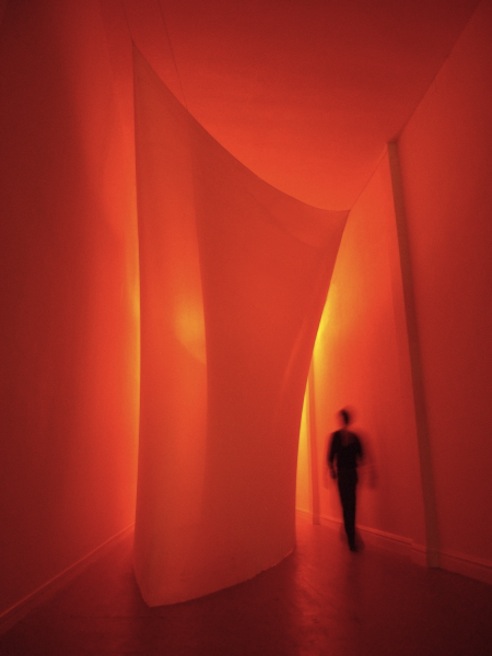
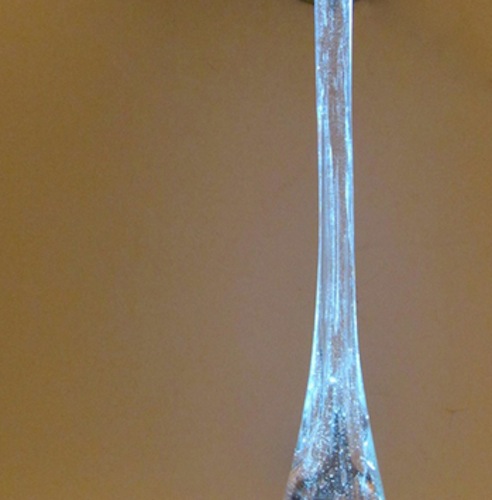
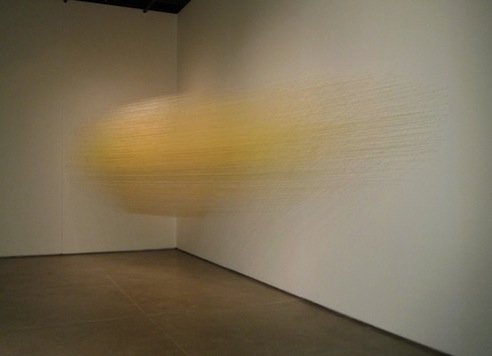


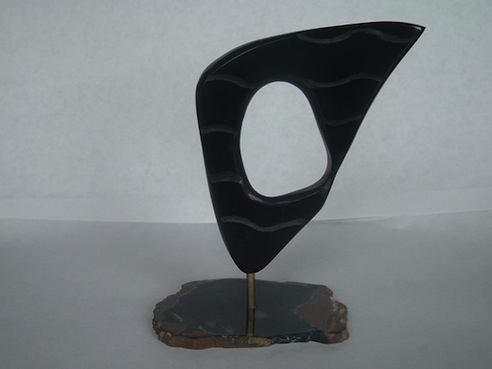
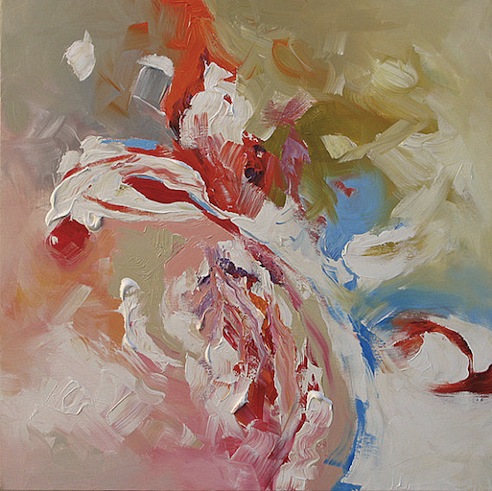
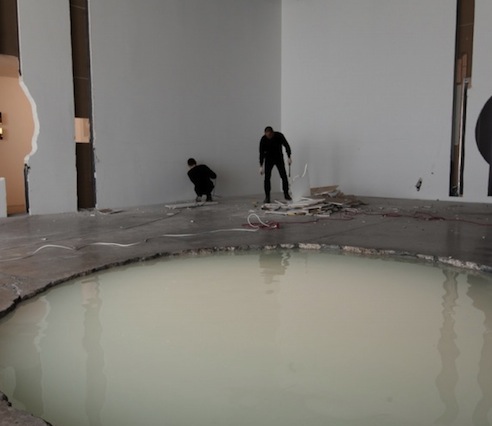
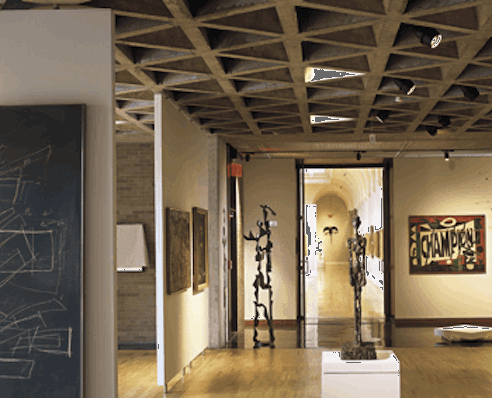
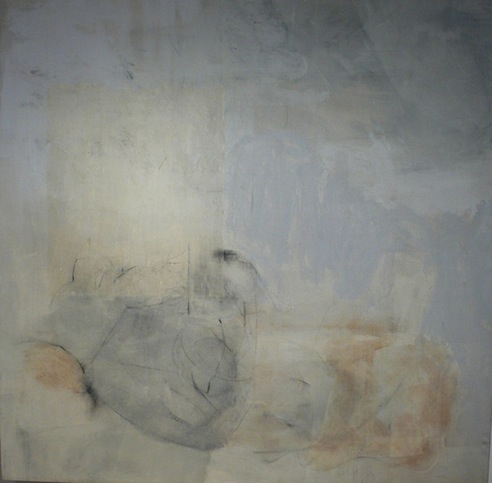
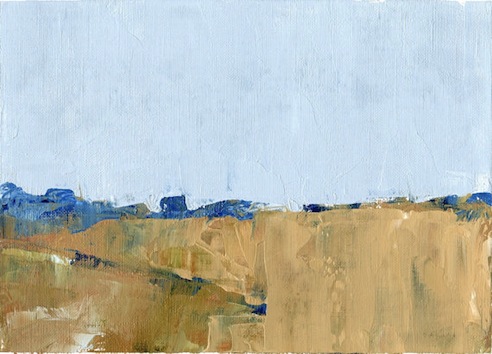
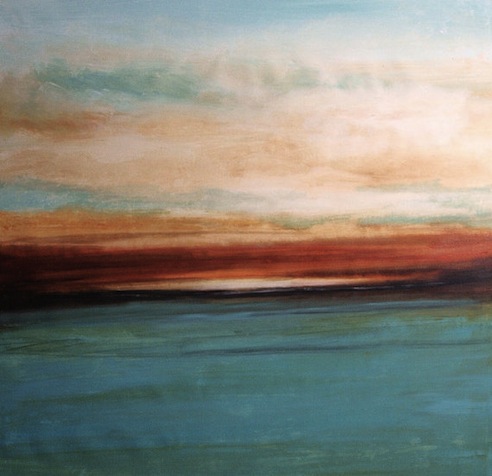

[…] book Drainspotting has already begun its circuit around the blogs and press (Creative Review, My Ninja Please, Japan Times blog, Day in the Lyfe Magazine, and more), and we’re thrilled for the […]
Mark Batty Publisher : » Manholes in NYC and “Drainspotting” just around the corner!
15 Apr 10 at 2:47 pm
[…] Keyboard/FX-REM (Currently in Japan) Read about his life as an artist in Japan http://www.myninjaplease.com/?p=12767 […]
2010 Lineup | Psych Carni
12 May 10 at 2:49 am
[…] : Continue on to the interview : No Comments, Comment or Ping […]
the Industry : Remo Camerota
10 Sep 10 at 12:17 am